DESCRIPTION
Get Ozempic Online for Diabetes and weight loss.While Ozempic (Semaglutide) is primarily approve for the management of type 2 diabetes, a notable secondary benefit observe in clinical trials and patient experiences is significant weight loss. This effect is attribute to the drug’s mechanism of action, which includes delaying gastric emptying and modulating appetite through central pathways in the brain. As a GLP-1 receptor agonist, Ozempic enhances the feeling of fullness, leading to reduce calorie intake and, subsequently, weight reduction.
In What Forms is Semaglutide available?
Several studies have documented the weight loss potential of Ozempic, showing that, in addition to improving glycemic control, it can lead to substantial reduction in body weight. Patients on Ozempic often report decreased appetite, which assists in weight management efforts. This has led to the investigation of Semaglutide for non-diabetic individuals as a potential weight management solution.
How to take Ozempic?
Ozempic is just one manifestation of Semaglutide, designed specifically for the weekly subcutaneous administration to manage blood glucose levels in adults with type 2 diabetes. The broader application of Semaglutide encompasses not only diabetes management but also significant strides in weight loss and cardiovascular health improvement. This makes it a substance of interest in various therapeutic areas.
Get Ozempic Online for Diabetes and weight loss
In the following sections, we will delve into Semaglutide in its entirety, exploring the different forms under which it is available and the distinct purposes each form serves. We will examine each Semaglutide formulation, including Ozempic, highlighting their unique characteristics, administration routes, and clinical applications.
Ozempic
Ozempic is a once-weekly injectable form of Semaglutide, specifically approved for the management of type 2 diabetes in adults. It is administered subcutaneously and works by enhancing insulin secretion, suppressing glucagon secretion, and slowing gastric emptying. Ozempic is notable for its cardiovascular benefits and its ability to induce weight loss in patients with type 2 diabetes.
Rybelsus
Rybelsus is the oral form of Semaglutide, making it the first GLP-1 receptor agonist available in a pill form. It is indicated for the treatment of type 2 diabetes in adults and is taken once daily on an empty stomach. Rybelsus provides an alternative for those who prefer oral medication over injections, offering the same blood sugar management and potential for weight loss as the injectable forms.
Wegovy
This is another injectable form of Semaglutide, but it is specifically approved for weight management in adults with obesity or overweight with at least one weight-related condition such as hypertension, type 2 diabetes, or dyslipidemia.
This product is administered once weekly, like Ozempic, but at higher doses.
It works by suppressing appetite, which leads to reduced calorie intake and weight loss.
In what Dosages is Semaglutide available?
Each form of Semaglutide is tailored for specific patient needs and medical conditions. While Ozempic and Wegovy are administered through injection, Rybelsus offers a non-invasive oral alternative for diabetes management.
The choice between these forms depends on various factors, including the medical condition being treated, patient preferences, and individual health profiles.
Despite the differences in administration and dosing, all forms of Semaglutide maintain the core benefit of improving glycemic control in type 2 diabetes and aiding in weight management.
Ozempic
Ozempic initial dose is typically 0.25 mg once weekly for the first four weeks, intended as a starting dose to improve gastrointestinal tolerability.
This dose is not effective for glycemic control. After the initial four weeks, the dose is increased to 0.5 mg once weekly.
Depending on the individual’s need for additional glycemic control and their tolerance of the medication,
the dose may be further increased to 1 mg once weekly, and a maximum dose of 2 mg once weekly can be used if necessary.
For off-label use in weight management, the dosages might align with those used for diabetes treatment but
can be adjusted based on individual response and healthcare provider discretion.
The regimen starts at 0.25 mg weekly, with potential adjustments up to 0.5 mg, 1 mg, or even 2 mg weekly, depending on tolerability and effectiveness in weight reduction.
Rybelsus
Rybelsus, the oral form of Semaglutide, is initiated with a dose of 3 mg once daily for 30 days to improve gastrointestinal tolerability.
After this period, the dose is increase to 7 mg once daily. If additional glycemic control need, the dose can be further increase to 14 mg once daily, which is the maximum recommend dosage.
Rybelsus, similar to Ozempic, it may be consider for off-label use in weight management.
The starting dose for improving gastrointestinal tolerability is 3 mg daily, with the possibility of increasing to 7 mg and then to
the maximum of 14 mg daily, base on the patient’s response and side effect profile.
Wegovy
Wegovy is use primarily for weight management and is available in higher dosages than Ozempic.
Treatment begins with a dose of 0.25 mg once weekly for four weeks, follow by incremental increases every four weeks through a
series of doses: 0.5 mg, 1 mg, 1.7 mg, and finally 2.4 mg once weekly. The final dose, 2.4 mg once
weekly, is maintain as the therapeutic dose for weight management.
Ozempic (Injectable)
Ozempic is provid in a pre-fill, disposable injection pen.
It is injecte subcutaneously (under the skin) once a week, at any time of the day, with or without meals.
Common injection sites include the abdomen, thigh, or upper arm.
It’s important to rotate the injection site each week to reduce the risk of tissue damage or irritation.
Patients should receive proper training from healthcare professionals on how to administer the
injection correctly before starting treatment.
Rybelsus (Oral Tablet)
Rybelsus takes orally, making it the only non-injectable form of Semaglutide.
The tablets should be taken on an empty stomach with a sip of water (up to 4 oz or 120 ml)
at least 30 minutes before the first meal,
beverage, or other oral medications of the day. The tablet should not be split, crushed,
or chew and should be swallow whole to maintain its efficacy.
Like Ozempic, Wegovy is administered via subcutaneous injection once a week.
It comes in a pre-fill pen, and the injection can be done at any time of the day, independent of meals.
Wegovy also requires rotating the injection site with each dose to prevent discomfort and potential site reactions. Patients are advise to
follow the stepwise dosing regimen, gradually increasing the dose over time to improve gastrointestinal tolerability and support weight loss.
How long does it take for Ozempic to work?
The time it takes for Semaglutide to exhibit its therapeutic effects can vary depending on the
specific condition being treat, the form of Semaglutide being use
(Ozempic, Rybelsus, or Wegovy), and individual patient factors. Generally, Semaglutide begins to affect
blood glucose levels shortly after treatment initiation,
but the visible clinical benefits, such as significant glycemic control or weight loss, may take longer to manifest.
Wegovy (Injectable)
When use for weight management, the effects of Ozempic on weight loss are gradual.
Initial weight loss can be seen within the first few weeks;
however, significant weight loss is typically observe over a period of months.
The most substantial weight reduction usually occurs within the first six months to a year of treatment,
as the dosage is gradually increase to the therapeutic level.
How long does Ozempic last?
Semaglutide’s duration of effectiveness in the body is influence by its pharmacokinetic properties, including how it is metabolize and excrete.
These characteristics contribute to the drug’s long-acting nature,
allowing for once-weekly administration in its injectable forms (Ozempic and Wegovy) and daily intake in its oral form (Rybelsus).

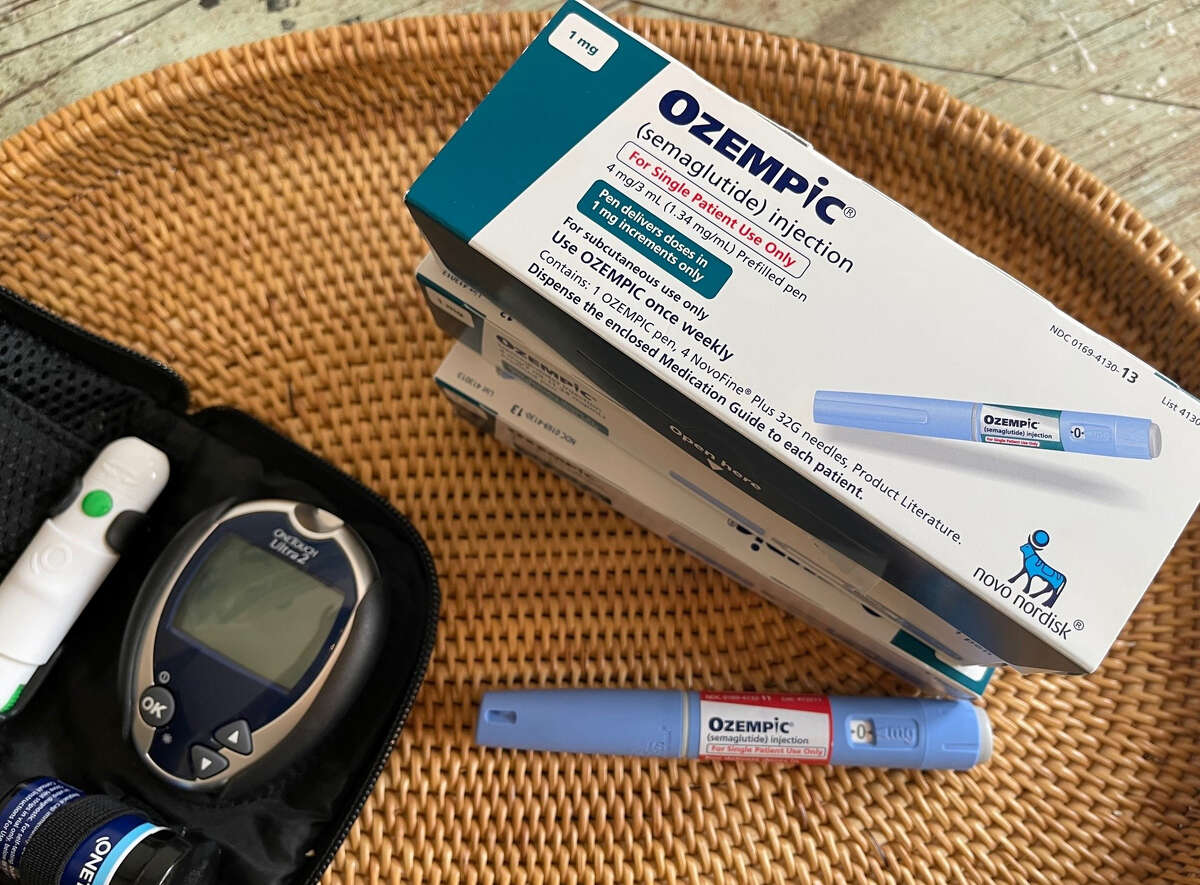
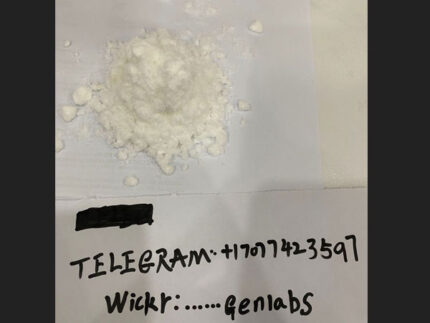
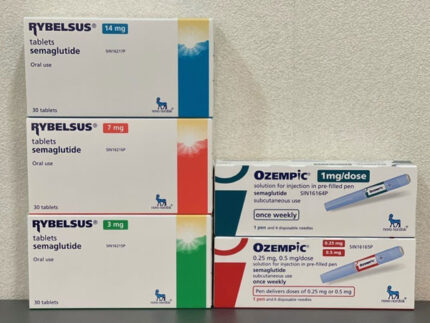
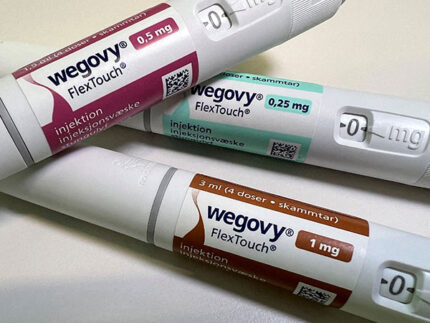
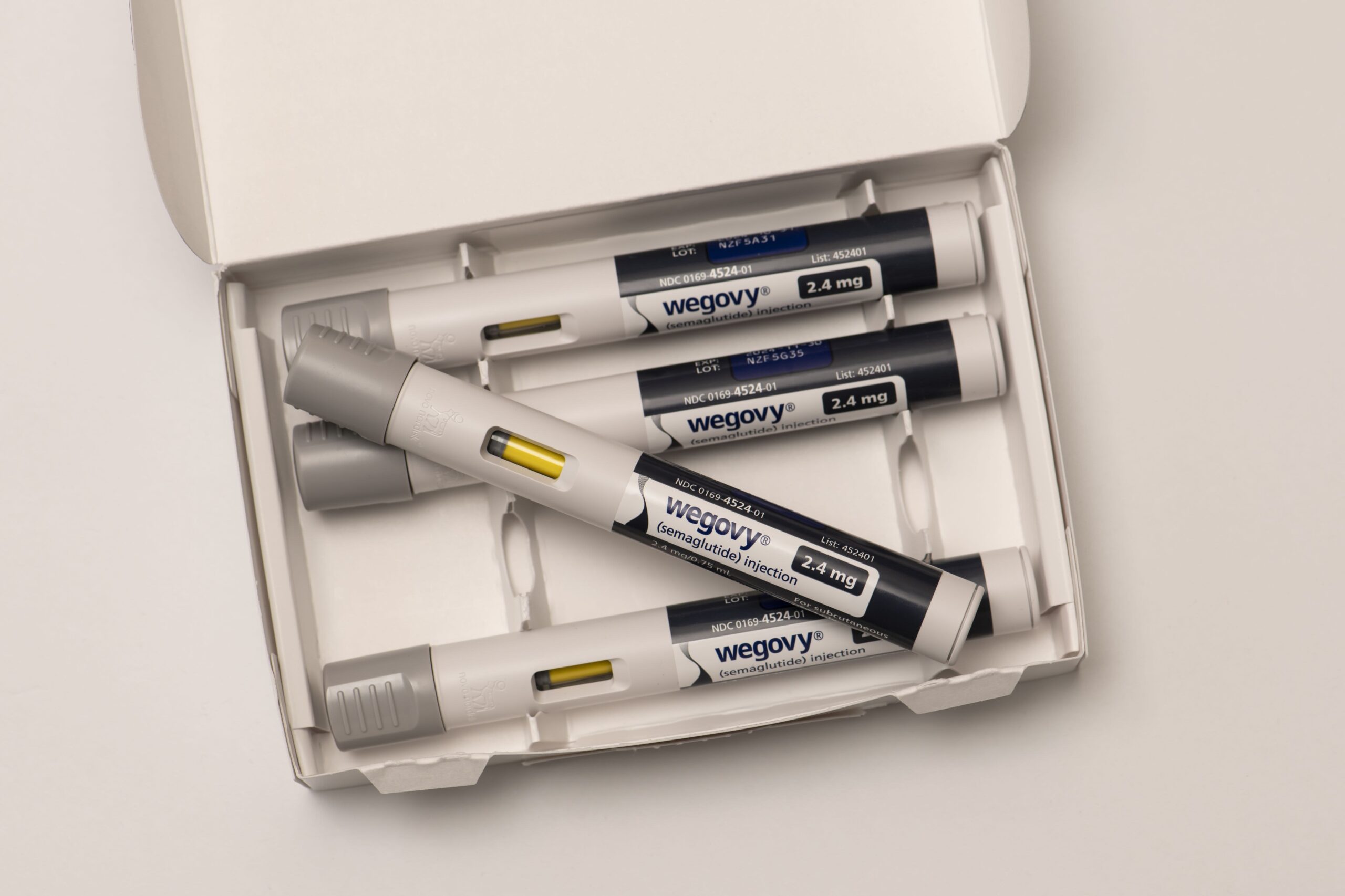
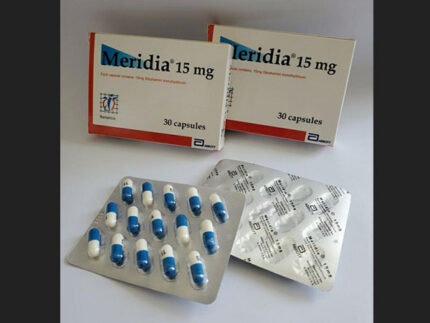
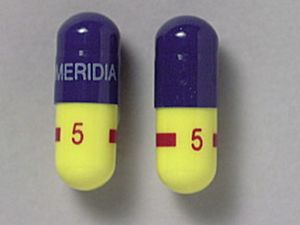
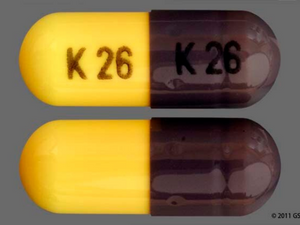
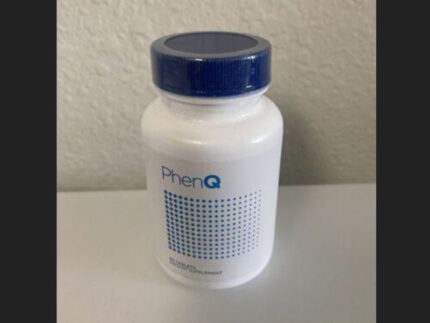
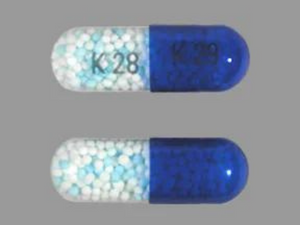
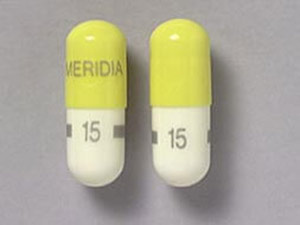
Reviews
There are no reviews yet.